If you’re planning a visit to the iconic Leaning Tower of Pisa, don’t limit yourself to just a couple of hours in Piazza dei Miracoli. There’s a wealth of sights and experiences waiting for you beyond this famous square. Venture into the Calci and Valgraziosa areas to discover a world of hidden treasures just waiting to be explored. Don’t miss out on the chance to immerse yourself in the rich culture and history of this beautiful region, step off the beaten path.
Imagine stepping back in time to the end of the 16th century and witnessing the birth of one of the world’s oldest natural history collections. That’s exactly what you’ll experience when you visit the Natural History Museum of the University of Pisa, located in the stunning Certosa di Calci.
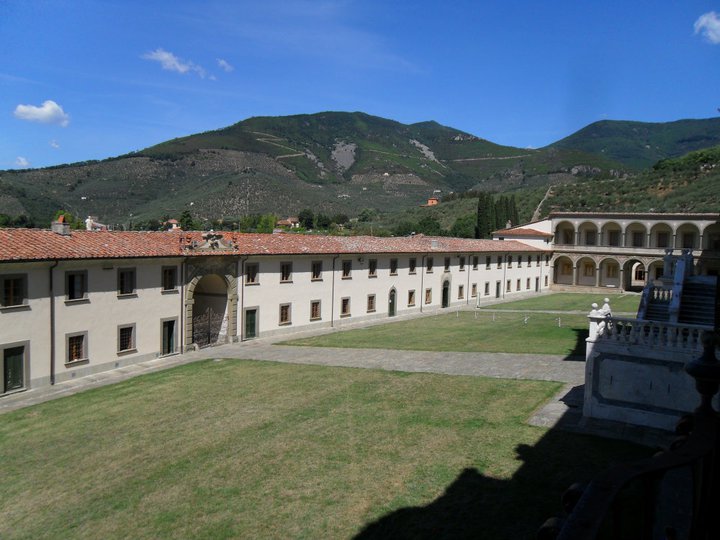
This awe-inspiring museum is home to some of the oldest and most fascinating collections in the world that have been curated over centuries. From fossils to minerals, and skeletons to naturalized animals, the museum offers a window into the diverse beauty of our planet’s natural history But that’s not all – the museum’s Cetacean Gallery is a must-see attraction, considered the most important in all of Italy. Set against the backdrop of the majestic Monte Pisano, the gallery features a remarkable collection of present-day and prehistoric cetacean skeletons, as well as life-size models of dolphins and whales. And towering above it all is the blue whale, the largest animal ever to have roamed the earth, greeting visitors of all ages.
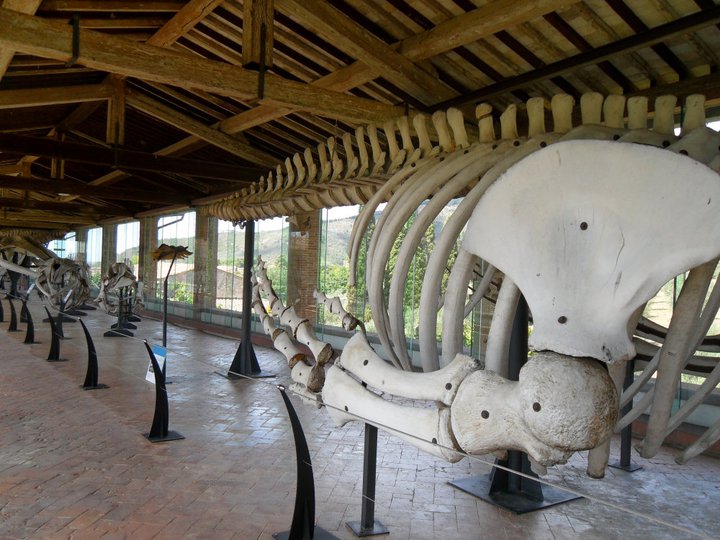
There’s one exhibit that truly takes your breath away – the Cetacean Gallery. Housed in the loggia of the Carthusian Monastery, this gallery boasts the most important collection of its kind in all of Italy. From the towering skeleton of a blue whale – the largest animal ever to have existed – to life-size models of playful dolphins and majestic whales, the gallery offers a glimpse into the world of these magnificent creatures.
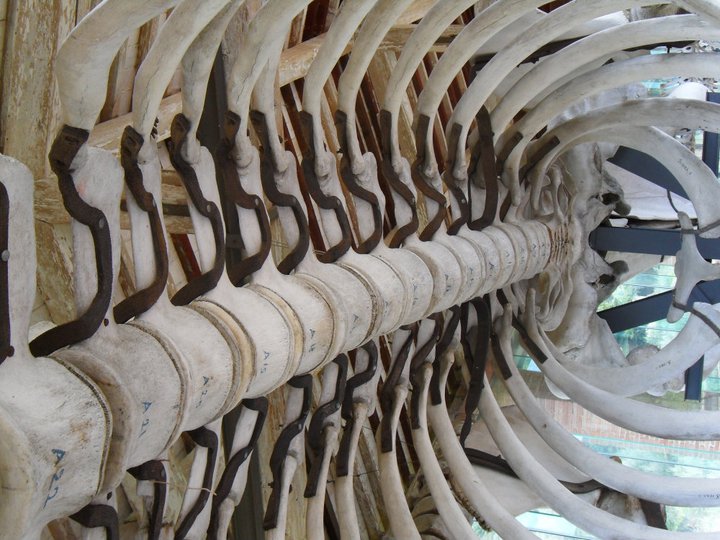
But the wonder doesn’t stop there. The Mammal Gallery is equally impressive, with over 300 specimens on display, showcasing both the museum’s historical collection and recent acquisitions. And if you’re a fan of freshwater biodiversity, you won’t want to miss the largest freshwater aquarium in Italy, home to over 100 species swimming in a staggering 60,000 liters of water.
With its permanent exhibitions and rotating temporary exhibitions, the Natural History Museum of the University of Pisa is a treasure trove of scientific knowledge and natural beauty. It’s a journey through time and space, a chance to witness the wonders of the natural world up close and personal.

In 1591 Grand Duke Ferdinando de’ Medici of Tuscany first began his eccentric collection of natural oddities and curiosities. This collection was one of the very first “museums” of its kind, boasting an incredible array of objects that fascinated and intrigued visitors from around the world.
Inspired by a German concept of a “Wunderland,” the collection grew over time to include an extensive range of minerals, zoo animals, skeletons, fossils, and a plethora of other small trinkets. Despite its eclectic mix of items, the collection was meticulously curated and organized, with a focus on scientific research and education.
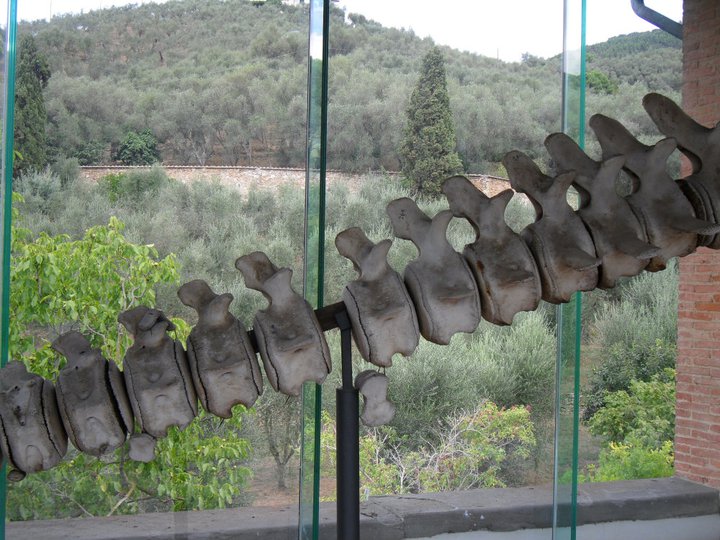
In the 1980s the university recognized the value of this unique collection. They carefully gathered and organized the objects and established a permanent exhibition in the Certosa buildings. Today, visitors can explore this extraordinary collection and marvel at the strange and fascinating specimens that make up the Natural History Museum of the University of Pisa.
A visit to the Natural History Museum of Pisa will take you on a fascinating journey through time and across the globe. Whether you’re a seasoned scientist or simply curious about the wonders of the natural world, you’re sure to be captivated by this museum’s eclectic collection, not to mention the stunning grounds and astounding view of the surrounding Tuscan hills.
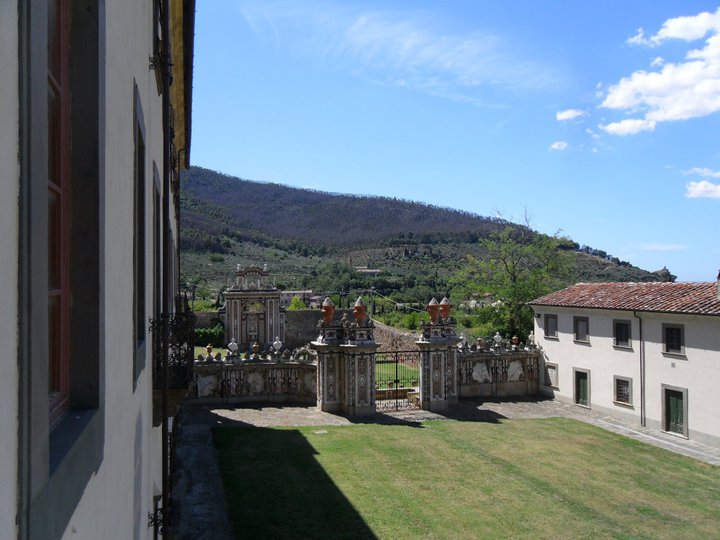
HI Darlin…can’ t comment …I am password blocked with a useless phone…but what you wrote certainly made the destination enticing …interesting…historic and mystical.. xoxoxo much love
LikeLike
Your comment made it. It was very unique to say the least. Read the post on Val d’orcia and the one on Puglia.
LikeLike